Learning to record the wildlife you see and hear in the natural world can help conservationists build a bigger picture of how species are faring in your part of the country.
Why not become a wildlife recorder and help add to what we already know? You just need to remember to keep note of what you see in your garden, local park or just from your kitchen window.
Our guide explains how to record your local and garden wildlife, why it is important to do, common species to spot, plus citizen science projects you can take part in each season.
Why is it important to record wildlife?
It is vital for conservation that we know about local wildlife so that we can keep in touch with how individual species and their habitats are faring. The information provided by wildlife records help conservationists decide how land should be managed and how species are being affected by human activities. Without local information we simply would not know what wildlife there is and what is special about each place.
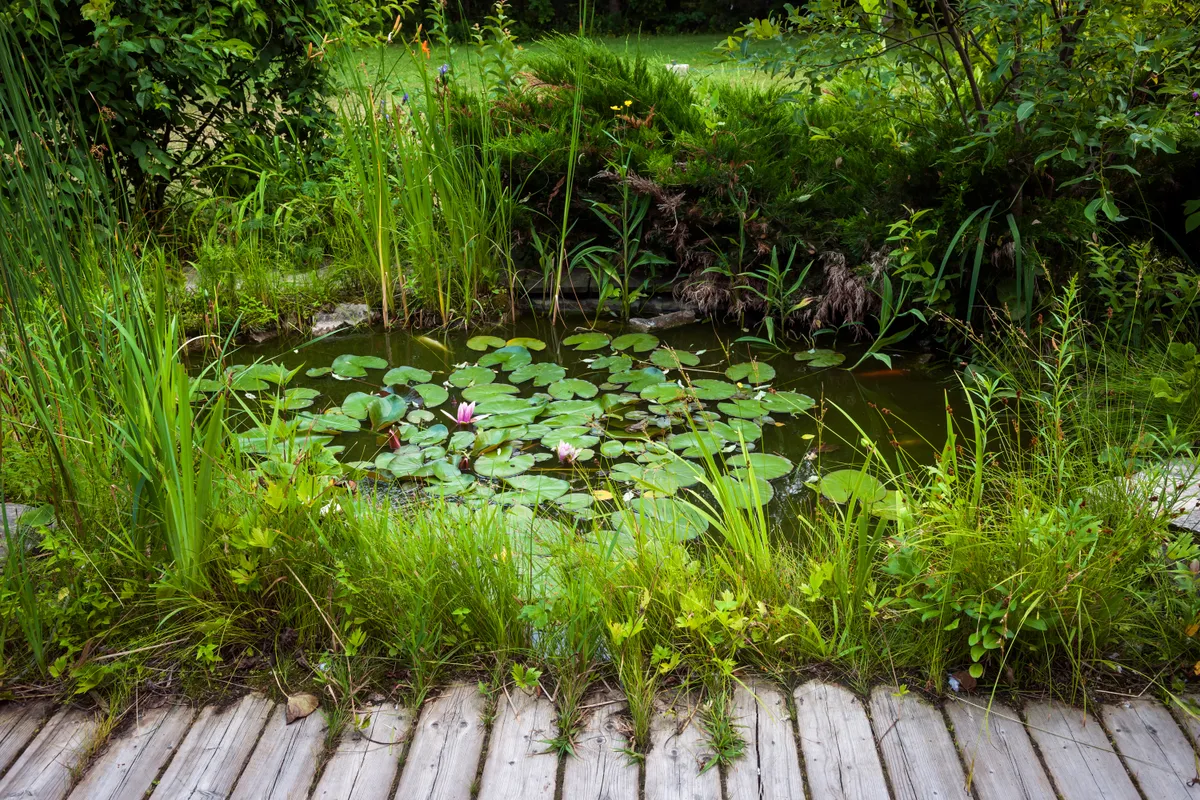
What equipment do I need?
Eyes, ears, paper and a pencil! It's also helpful to try to capture photographs of species so, if you're unsure, you can identify them later.
How to start recording wildlife
Common everyday species records are just as important as very rare or unusual sightings as they help us understand how wildlife is being affected in the long term. For example, in Brighton we still see hundreds of starlings, but in reality their numbers have plummeted in the UK by over 60% in just 30 years. The only reason we know about this decline is due to people keeping records of starling numbers every year for decades.
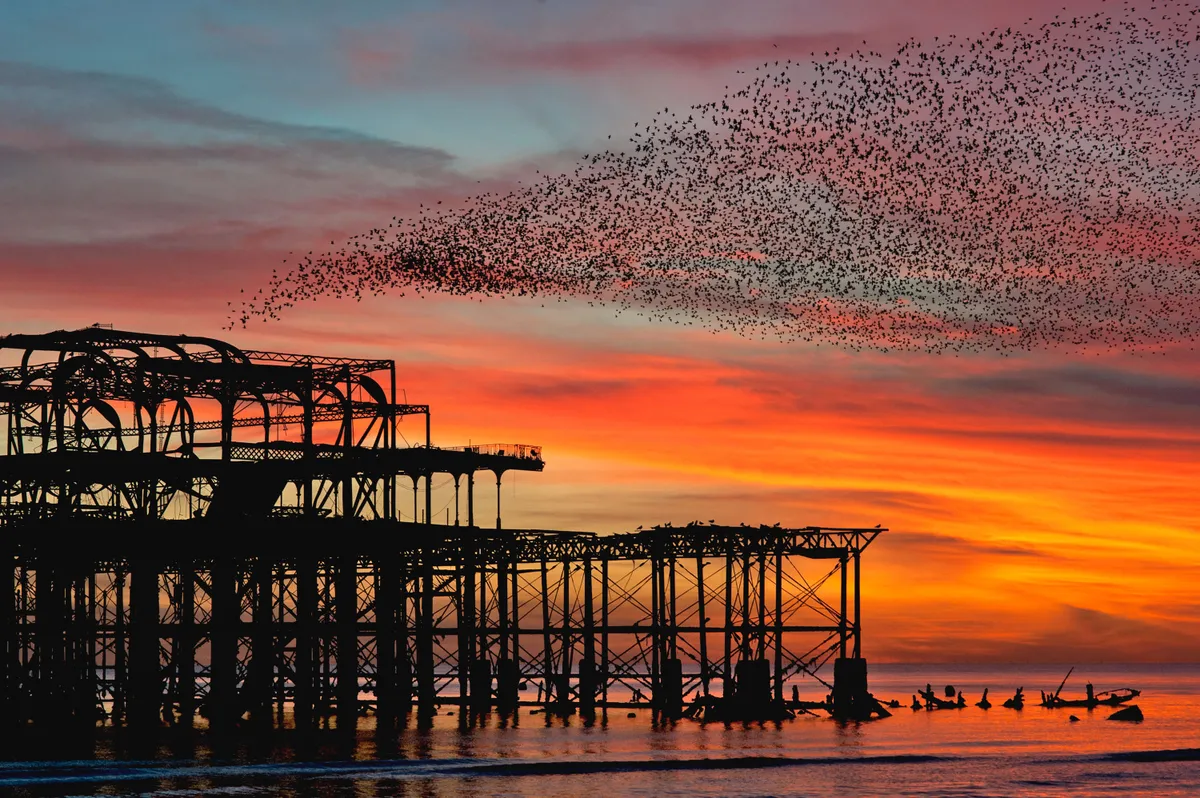
It is important that you keep an eye out for butterflies each year, as they can be important indicator of the health of the natural environment. This is because they are very sensitive to small changes in climate and habitat. Unfortunately, few people tend to keep a note of what wildlife they see and fewer still submit those records to be added to the information already held on the UK’s wildlife.
To make a wildlife record useable it needs to contain four simple things:
1
What
What have you seen and how many? You need to be certain of your identification so if you’re not sure take some photographs and ask for some expert advice.
2
Who
It is always important to provide the details of who took the record so that the record centres can get in touch with the recorder to verify details.
3
When
Be specific of the date to make the record valid i.e. you need to note down the day, month and year. Unfortunately just submitting ‘the beginning of March’ for example is not detailed enough.
4
Where
Give as much detail as possible so the record can be accurately located. Usually a 6 figure grid reference or more is best, but you could also include descriptions of locations and post codes.
Common wildlife species to see in the UK
Badgers
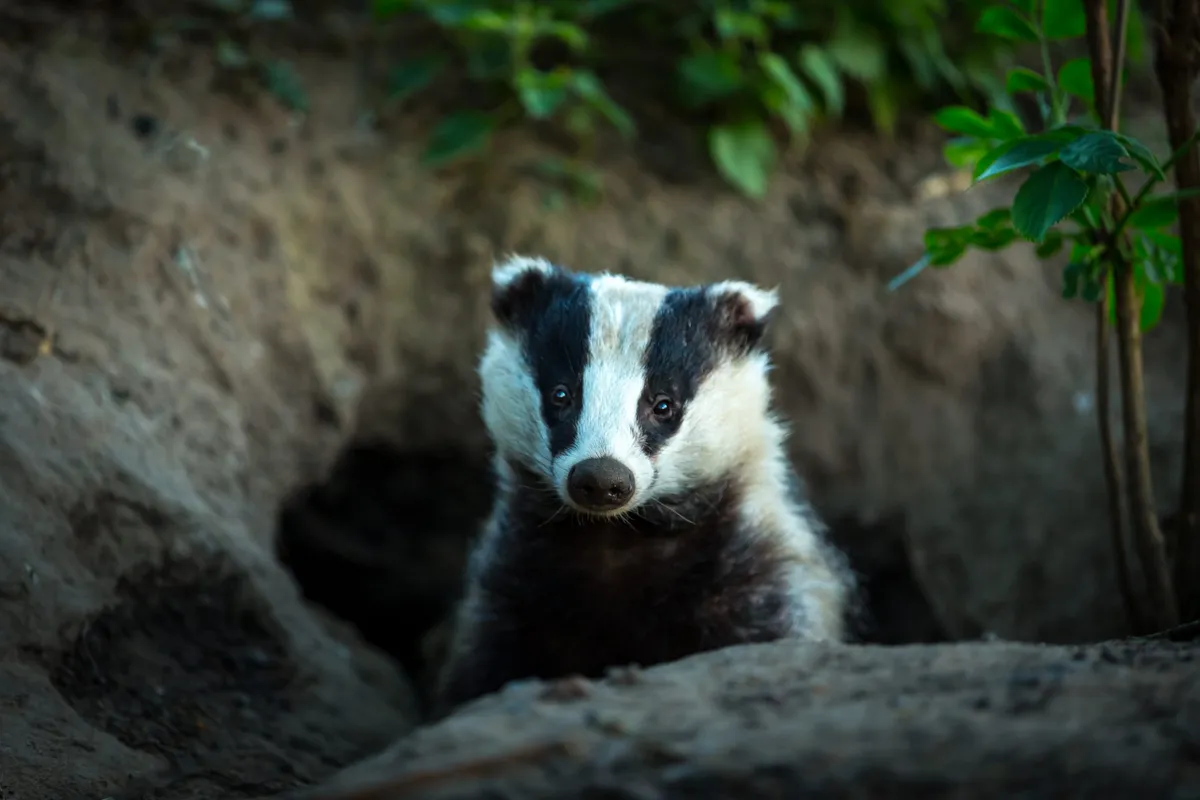
Badgers, with their black and white snouts, are one of our most easily recognisable mammals. They are also familiar to us from children’s books such as Wind in the Willows and Beatrix Potter. In recent decades badgers have faced a great deal of controversy, being implicated in the transmission of bTB (bovine tuberculosis) to cattle, which has led to cull of the animals in parts of the UK.
But how much do we really know about this distinctive and widespread countryside character?
Learn more with our guide to badgers, including diet and how to see in the wild
Hedgehogs
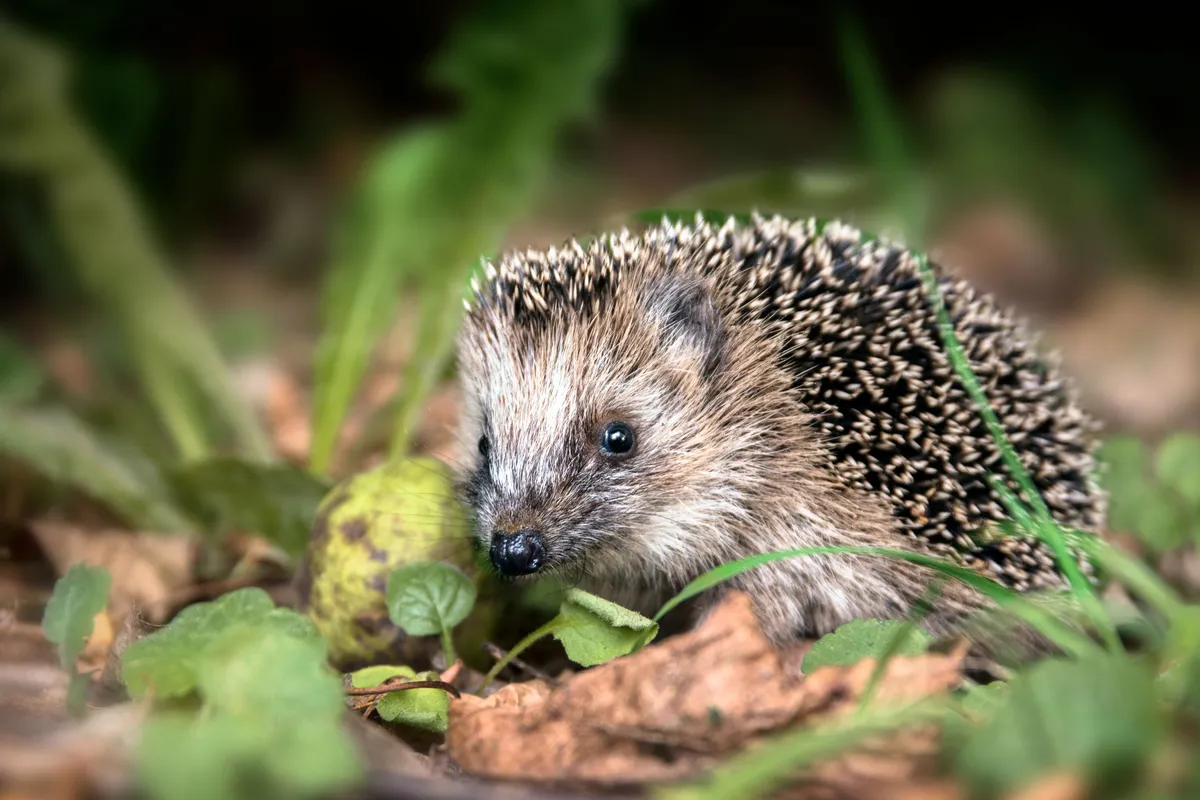
One of Britain’s most loved mammals, the species is in serious decline, however the best chance of seeing a hedgehog is on a summer night, as they are nocturnal and hibernate from November to March. Hedgehogs like dry spaces such as under garden sheds, near compost heaps, hedges or even just an untidy bit of your garden.
Our British hedgehog guide, includes tips on where to see and how to help hedgehogs
Bird song
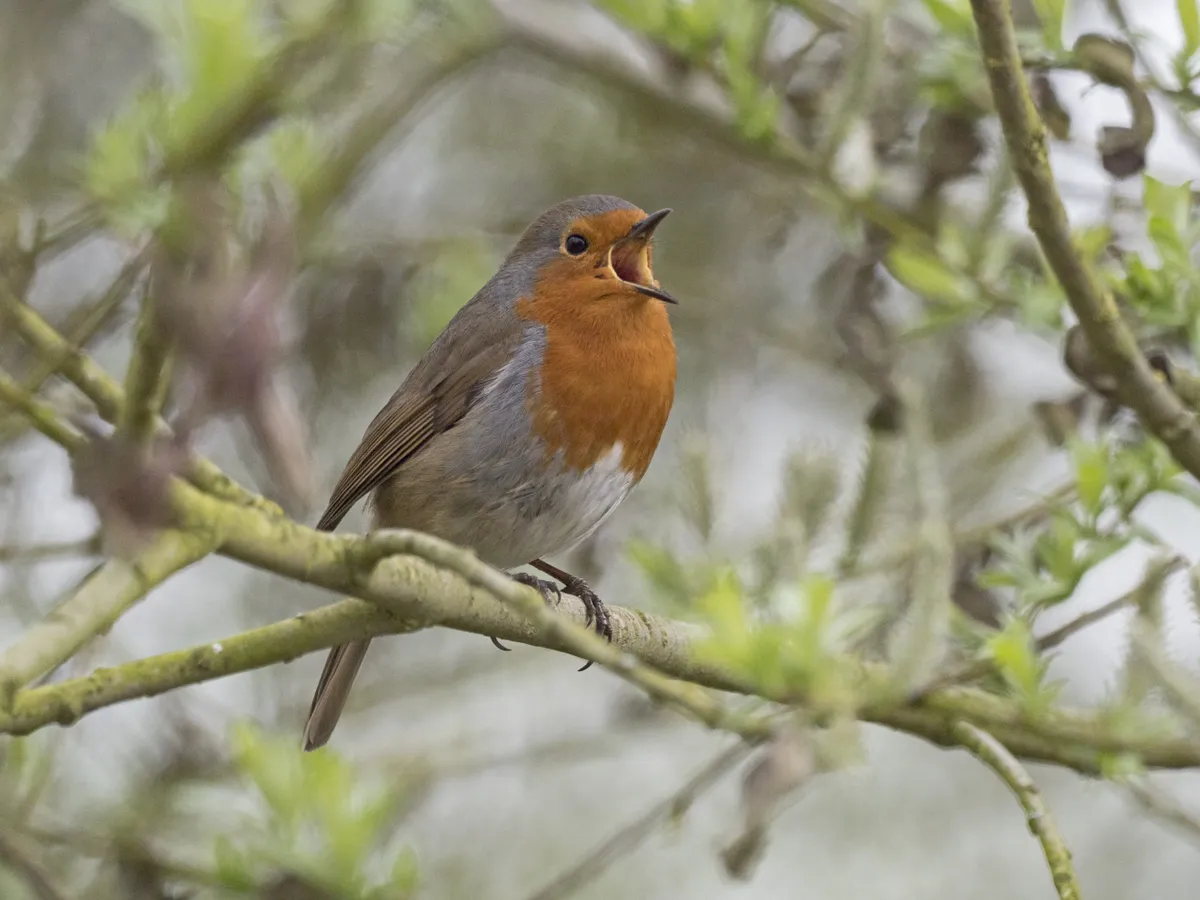
From the nightingale to the blackbird, in Britain we are blessed with an incredible variety of beautiful bird song in spring.
Here is our guide to the best British songbirds, including how to identify each species
Garden birds
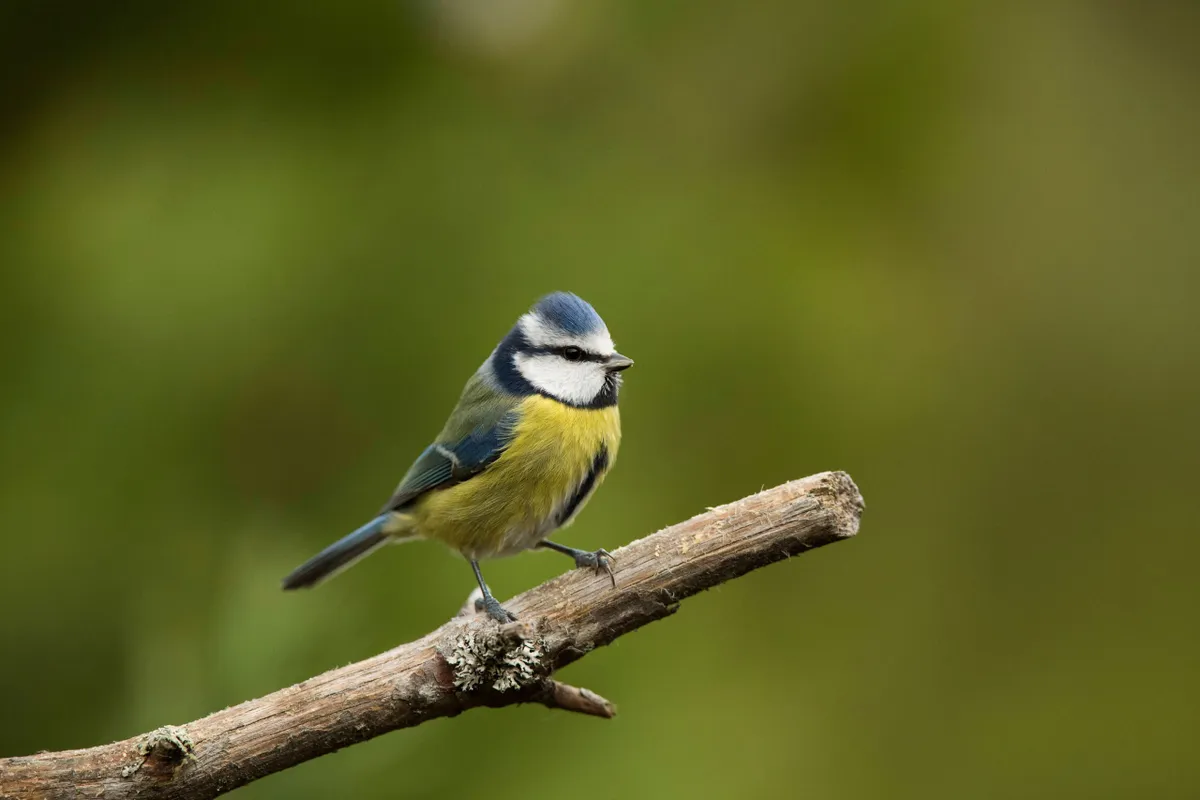
Help your garden birds stay healthy throughout the seasons with our expert guide on how to care for wild birds, including the best foods to feed the different species and tips on how to attract birds to your garden.
Plus, see our guide to Britain's tit species
Butterflies
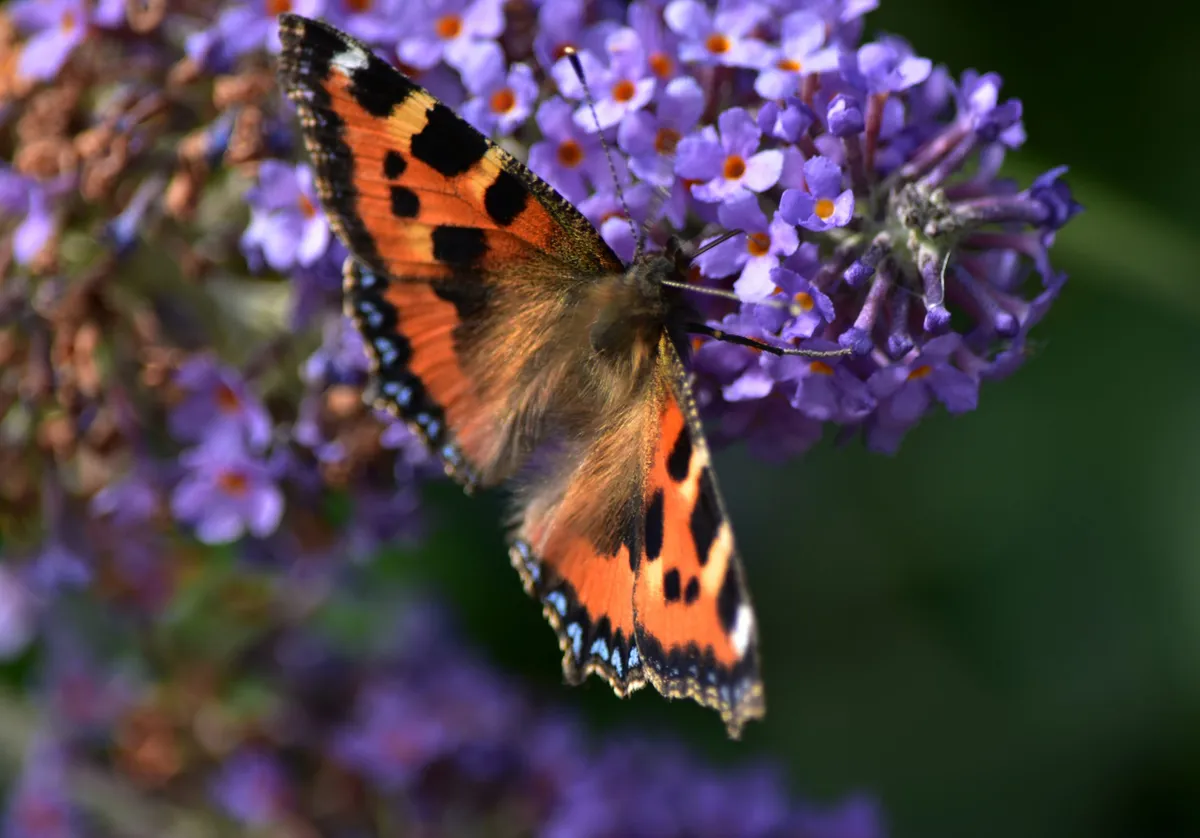
There are approximately 60 species British butterflies that grace our shores annually (including regular migrants). The truth is that our butterflies are remarkably emotive creatures, not least because they are essential elements of spring and summer sunshine.
Our expert guide on where to see and how to identify 10 British butterfly species
How to take part in citizen science projects
Most counties have a local biological records centre that collates and manages the biodiversity information for that area. You can find out about your local recording centre, via nbn-nfbr.org.uk
Additionally, many national and local conservation groups run monitoring schemes such as the British Trust for Ornithology's big bird count and Butterfly Conservation’s big butterfly count. You can find out more about getting involved in surveys and recording on the Biological Record Centre.
Big Garden Birdwatch: how to take part and garden birds to spot
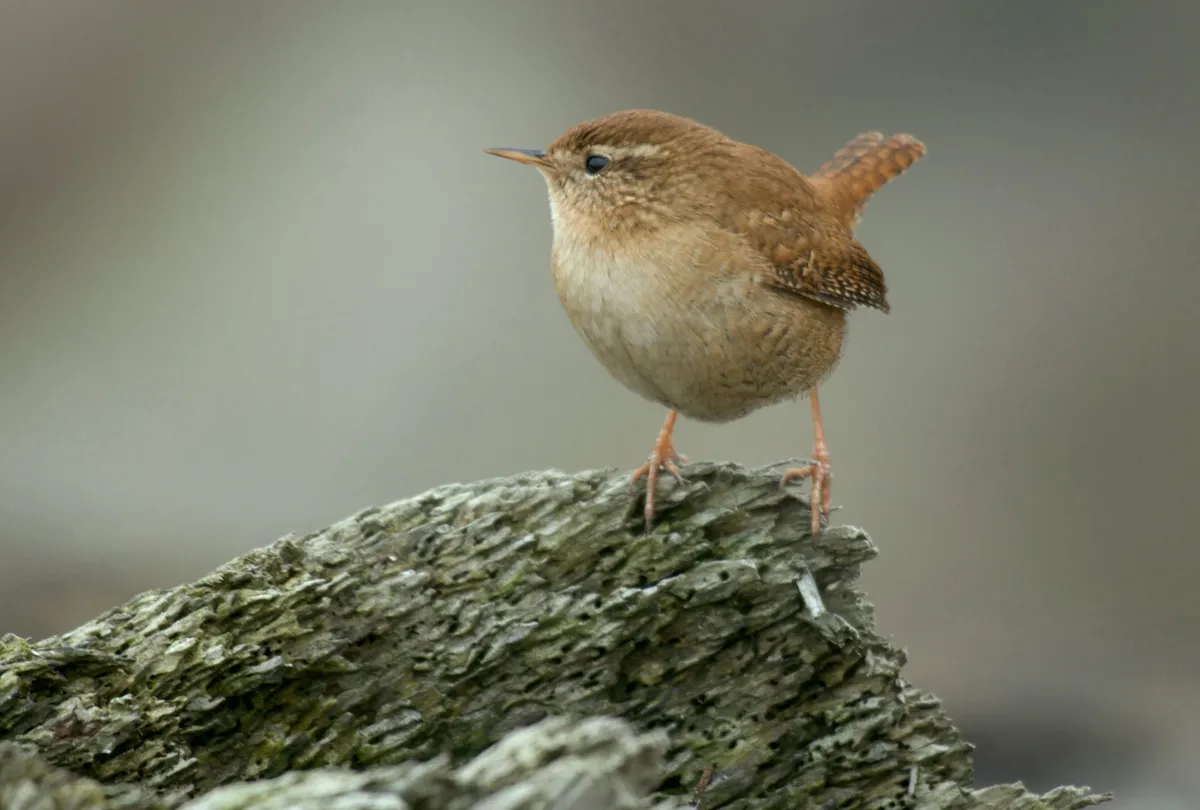
Taking place in January every year, the Big Garden Birdwatch provides vital insight into how our garden birds are faring. The RSPB’s Big Garden Birdwatch is now the UK's largest garden wildlife citizen science project. Since it launched in 1979, hundreds of thousands of people have volunteered their time providing the RSPB with over 8 million hours of monitoring garden birds. Last year, over 500,000 birds were counted by Big Garden Birdwatchers in Scotland giving real insight into how our birds are faring.
